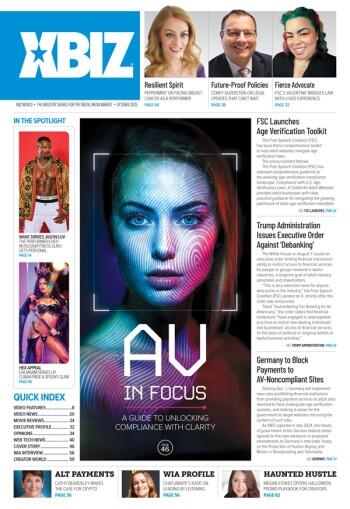How Does DRM Work?
DRM architecture provides a flexible method for integrating DRM solutions into content provider sites. Typically, there are two key components that are needed to produce protected files: a file packager and a license provider.
Content files are "packaged" using a media packager, an application provided to the content provider or site owner when they subscribe to the DRM service. This application allows the content provider to assign various playback and distribution options and then create media files with these rules embedded in them.
On a subscription basis, most DRM providers also provide access to license generation servers, which will process and generate a license when the user plays the protected content. If multiple plays are allowed by the content provider, that license will be stored on the consumer's computer for future playback. Each time the file is played, the license will be checked to ensure it is still valid. If it isn't, the user will be directed to the content provider's site to purchase and download a new license.
Content providers can also offer a virtually unlimited amount of integration services using this framework. The content provider's login pages can be tied to the generation of a license and complex business rules can be created and processed either on the content provider's site or on the DRM provider's shared server.
DRM As Plug-ins
DRM services effectively act as a "plug-in" to the content provider's site. The packaging and licensing happen as a background process and do not require user interaction. The only user interaction required takes the form of a login page, which downloads licenses for the requested
content.
The inherent transparency in the DRM process provides the consumer a more fluid experience, and high-quality experiences are crucial in attracting users to move from a free P2P network to a fee-based service.
The media file and the playback license are independent in a DRM solution. This allows users who download protected content to share it freely on the Internet and on P2P networks. When a user downloads a DRM-protected file on a P2P network, the license, which cannot be shared, will not be present. The downloader can then be directed to a site where they can either login and obtain a license or purchase the content.
The methods and amount of playback possible with DRM gives content providers several options through which to distribute their content. All subscription-based content can share the same license, which can be set to last for a specific billing interval. If the user cancels the subscription, all content downloaded both before and after the cancellation can be configured not to play.
In addition to the subscription model, content providers can now offer several new methods of delivery and playback. Rental services can be provided to consumers by allowing the content to be played for a small period of time, such as two days. Pay-per-view services can also be provided for special event content. Another common model can allow users to play a video one time before having to actually purchase the file, which is useful for providers interested in allowing consumers to preview audio and video files.
Even with the extensive infringement protections afforded by DRM models, though, risk still exists in the form of computer crackers intent on circumventing protected content.
"In the case of Microsoft, their current DRM platform has been through numerous versions and today's V10 version covers content on PCs, devices, set-top boxes, handhelds, etc. and yet it maintains a strong record of being a durable, affordable, robust technology capable of being the backbone for numerous multimillion-dollar businesses on the web today," Levy said. "The real question is not if, but when modern DRM systems will be circumvented."
The Future Of DRM
As both legal and political pressures continue to mount to enforce copyright protection against P2P networks, users will have fewer options in the P2P space to acquire content. They will look for fee-based alternatives that provide a user experience that they have grown accustomed to. They will look for content providers that provide freedom of choice in the methods used to purchase, view and distribute content. Providing a DRM solution that is invisible to the end user, while at the same time provides robust and flexible protection, will be key to attracting and holding users in the years to come.
Josh Ewin is managing director of Florida-based web hosting provider H2oh Hosting. Ewin can be reached via email at josh@h2ohhosting.com.









